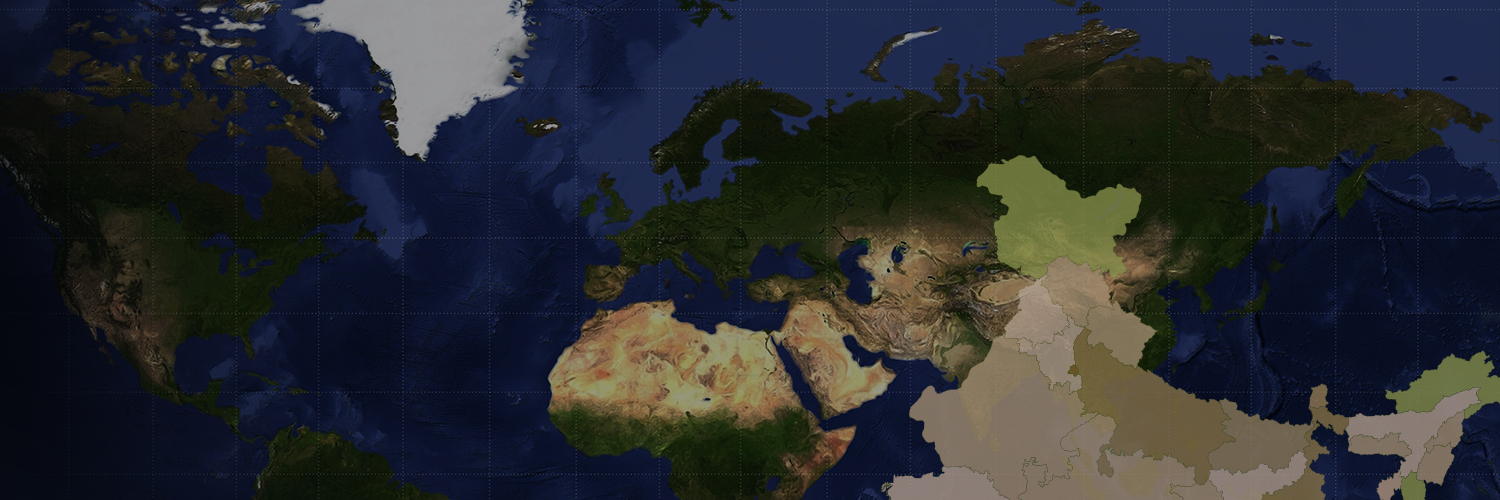Agriculture produces most of the food that we consume and also the raw materials required for various industries. India is primarily an agricultural country, with two-thirds of its population engaged in agricultural activities.
Types of Farming
Primitive Subsistence Farming
- This type of farming is practiced in few pockets of India and depends upon monsoon, natural fertility of the soil and suitability of other environmental conditions to the crops grown.
Intensive Subsistence Farming
- It is labour intensive farming involving use of high doses of biochemical inputs and irrigation for obtaining higher production.
Commercial Farming
- This type of farming is mainly characterised by the use of higher doses of modern inputs in order to obtain higher productivity.
Rabi crops
- Rabi crops are sown in winter from October to December and harvested in summer from April to June.
Kharif crops
- Kharif crops are sown with the onset of monsoon in different parts of the country and harvested in September-October.
Zaid crops
- Zaid season is the short period during the summer months in between the rabi and the kharif seasons.
Major Crops:
Rice
- Rice is a kharif crop.
- It requires high temperature, (above 25°C) and high humidity with annual rainfall above 100 cm.
Wheat
- Wheat is a rabi crop and is the second most important cereal crop.
- It requires a cool growing season and a bright sunshine at the time of ripening and 50 to 75 cm of annual rainfall evenly distributed during its growth.
Millets
- Jowar is a rain-fed crop mostly grown in the moist areas which hardly needs irrigation.
- Bajra requires sandy soils and shallow black soil for its growth.
- Ragi grows well on red, black, sandy, loamy and shallow black soils.
Maize
- It is a kharif crop.
- It requires temperature between 21°C to 27°C and old alluvial soil.
Pulses
- Tur (arhar), urad, moong, masur, peas and gram are major pulses that are grown in India.
- Pulses require less moisture and survive in dry conditions too.
Food Crops other than Grains
Sugarcane
- India is the second largest producer of sugarcane only after Brazil.
- It requires hot and humid climate with a temperature of 21°C to 27°C and an annual rainfall between 75cm and 100cm for growth.
Oil Seeds
- Groundnut is a kharif crop and constitutes about half of the major oilseeds produced in the country.
Tea
- Tropical and sub-tropical climates are favourable for tea growth as these are gifted with deep and fertile well-drained soil, rich in humus and organic matter.
Coffee
- India produced 3.5 per cent of the world coffee production in 2014.
Horticulture Crops
- India ranked second in production of fruits and vegetables in the world after China in 2014. Both tropical and temperate fruits are produced in India.
Non-Food Crops
Rubber
- It is an equatorial crop, but is also grown in tropical and sub-tropical areas under special conditions.
- It requires moist and humid climate with rainfall of more than 200 cm. and temperature above 25°C.
Cotton
- It is a kharif crop and requires 6 to 8 months to mature.
- It requires high temperature, light rainfall or irrigation, 210 frost-free days and bright sun-shine for its growth.
Jute
- It requires well-drained fertile soils in the flood plains where soils are renewed every year.
Technological and Institutional Reforms
- Provision for crop insurance against drought, flood, cyclone, fire and disease.
- Establishment of Grameen banks, cooperative societies and banks for providing loan facilities to the farmers at lower rates of interest.
- Other government introduced schemes for the benefit of Indian farmers are Kissan Credit Card (KCC), Personal Accident Insurance Scheme (PAIS).
- Special weather bulletins and agricultural programmes for farmers were introduced on the radio and television.
- In order to check the exploitation of farmers by speculators and middlemen, minimum support price, remunerative and procurement prices for important crops were announced by the government.
Contribution of agriculture to the national economy, employment and output
- Although the share of agriculture in the Gross Domestic Product (GDP) has registered a declining trend from 1951 onwards, it has been the backbone of the Indian economy.
- In 2010-11 about 52 per cent of the total work force was employed by the farm sector.
